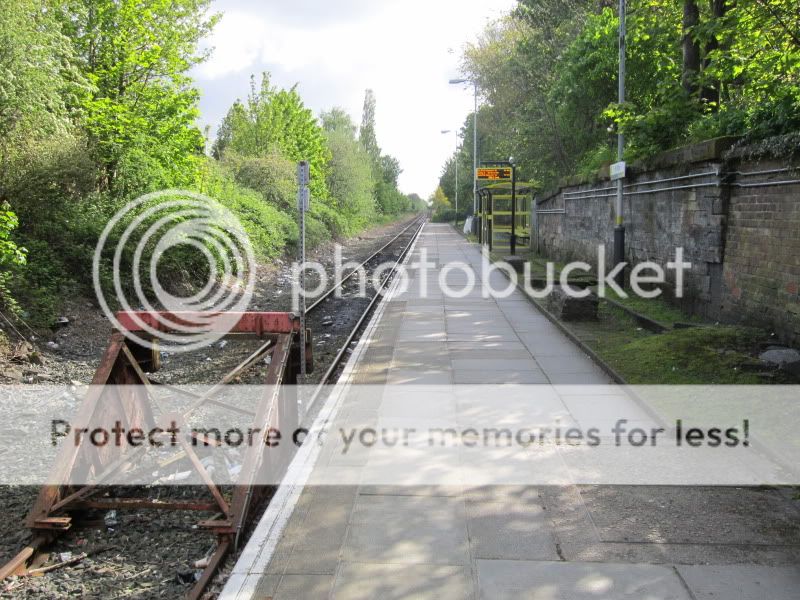New Jersey Transit Was Under Investigation Before Fatal Crash
The Federal Railroad Administration began investigating safety problems at New Jersey Transit before a fatal train crash last week, a federal rail official confirmed on Saturday.
Federal officials began an audit in June of New Jersey Transit, the nation’s third-busiest commuter railroad, after noticing an increase in safety violations and a leadership vacuum at the top of the agency, said the official, who was briefed on the investigation but was not authorized to discuss it publicly. After completing the audit, the federal agency issued a series of violations to the railroad, the official said.
During the busy morning commute on Thursday, a crowded New Jersey Transit train slammed into a wall at the Hoboken Terminal in New Jersey, killing a woman and injuring more than 100 people. The National Transportation Safety Board is investigating the cause of the crash.
As part of the earlier railroad administration audit, dozens of inspectors visited New Jersey Transit’s railroad operations in June, the official said. The federal agency often inspects railroads, but an audit is a more serious step that is not common.
On Saturday, Eric Weiss, a spokesman for the safety board, said the agency would review the federal audit as part of the investigation into the crash.
A spokeswoman for New Jersey Transit did not respond to a request for comment.
Before the crash, the railroad administration had been considering other enforcement actions against New Jersey Transit, including a compliance agreement to require additional changes. Officials at the administration declined to comment on the audit on Saturday, citing the continuing investigation by the safety board.
The railroad administration completed a similar review of Metro-North Railroad in New York after a derailment in 2013 killed four passengers and injured more than 70 people. The review found that the railroad had a poor safety culture that prioritized on-time performance over protecting riders and workers.
On Saturday, federal investigators from the safety board were working to determine the cause of the Hoboken crash — the first fatal train crash on New Jersey Transit since 1996. The train’s engineer, Thomas Gallagher, was interviewed by investigators, officials said. They declined to provide details of the conversation.
Investigators could not remove the train from the crash site, officials said on Saturday, because of concerns over asbestos and the structural integrity of the building; part of the roof collapsed on to the train. Officials said they did not find any signal anomalies on the tracks leading to the terminal.
Officials will examine the event recorder from the train to determine how fast it was traveling, and consider several possible factors, including the engineer’s actions and the maintenance on the railroad.
New Jersey Transit has recently faced a series of challenges, from funding shortfalls to the lack of a permanent executive director. Veronique Hakim resigned from the post last year to join the Metropolitan Transportation Authority in New York. A former Amtrak executive appointed to the job, William Crosbie, ultimately turned it down, leaving Dennis J. Martin as an interim director. Transit advocates have criticized the agency because its board has not met in months.
New Jersey lawmakers were at a stalemate recently over how to finance the state’s transportation trust fund, which pays for New Jersey Transit projects, and roads and bridges. After halting most work on transportation projects this summer, Gov. Chris Christie, a Republican, announced a deal with Democratic legislative leaders on Friday to raise the gas tax by 23 cents per gallon to finance the fund.
After the crash, Mr. Christie said it was too early to know what caused the train to travel at a high speed into the station or whether the crash could have been prevented by a technology known as positive train control, which can automatically slow or stop a train. New Jersey Transit has not installed the technology, the Federal Railroad Administration said.
New Jersey Transit agreed in June to pay $70,000 in penalties for 10 safety violations found by the administration, according to its 2015 enforcement report. Two of those fines were for violations of passenger equipment safety regulations, the report shows.
Reports covering the last three years show that New Jersey Transit agreed, from 2013 through 2015, to pay nearly $335,000 in penalties for 33 violations of federal safety regulations found by the railroad administration. Ten of those fines were for violations of passenger equipment safety regulations, the reports show.
Stephen Burkert, a spokesman for a union that represents New Jersey Transit rail workers, welcomed the federal agency’s safety review.
At the Hoboken Terminal on Saturday afternoon, crews prepared to clear the station of debris. The whirring of buzz saws and banging of tools filled the building as crews began to remove the rubble by hand, loading the pieces into small bulldozers.
New Jersey Transit train service at the terminal has been halted since the crash. The agency has not said when it would return.



